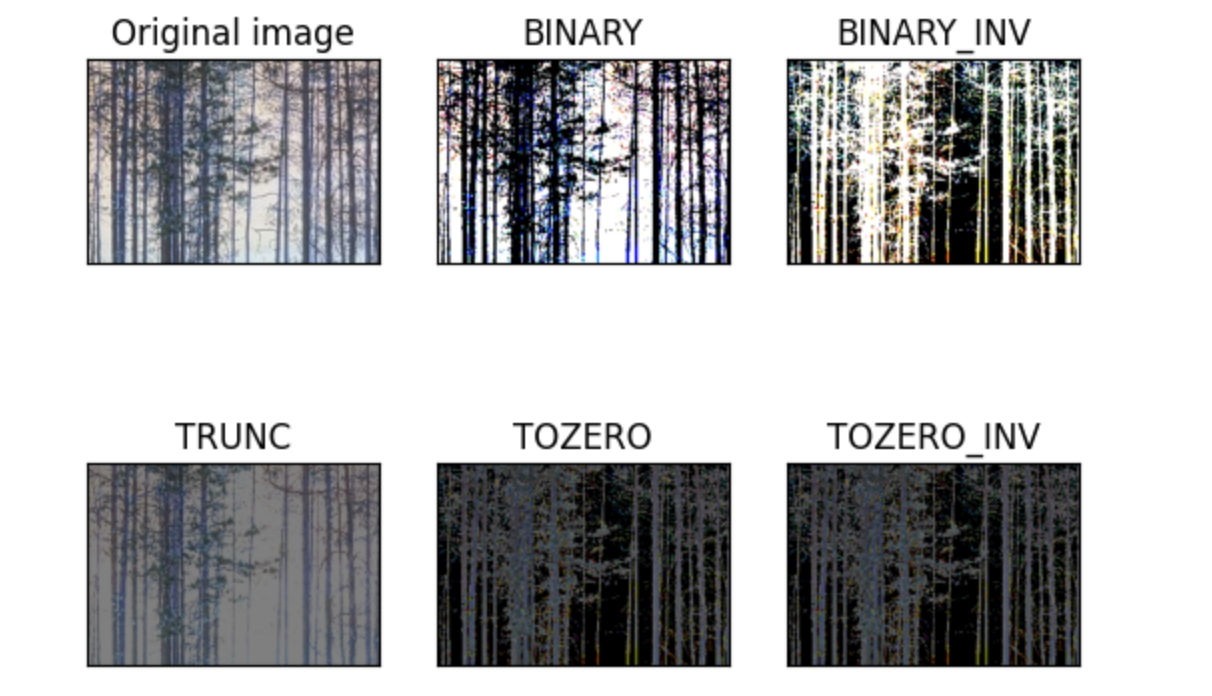图像处理(2)阈值
首先导入库
1 | import cv2 as cv |
注意,最常见的阈值图片就是二维码。
1 | #本讲来看阈值,可以用来颠倒二维码噢! |
查看两张图片,有颜色读取
1 | img1 = cv.imread("def.jpg", cv.IMREAD_COLOR) |
导入画图包,这个包在以后会非常常用
1 | #再来引入一下画图的包 |
1 | ret, thresh1 = cv.threshold(img1, 127, 255, cv.THRESH_BINARY)#只要大于127就设置为255,小于127设置为0,白变黑,黑变白 |

All articles in this blog are licensed under CC BY-NC-SA 4.0 unless stating additionally.
Comment




